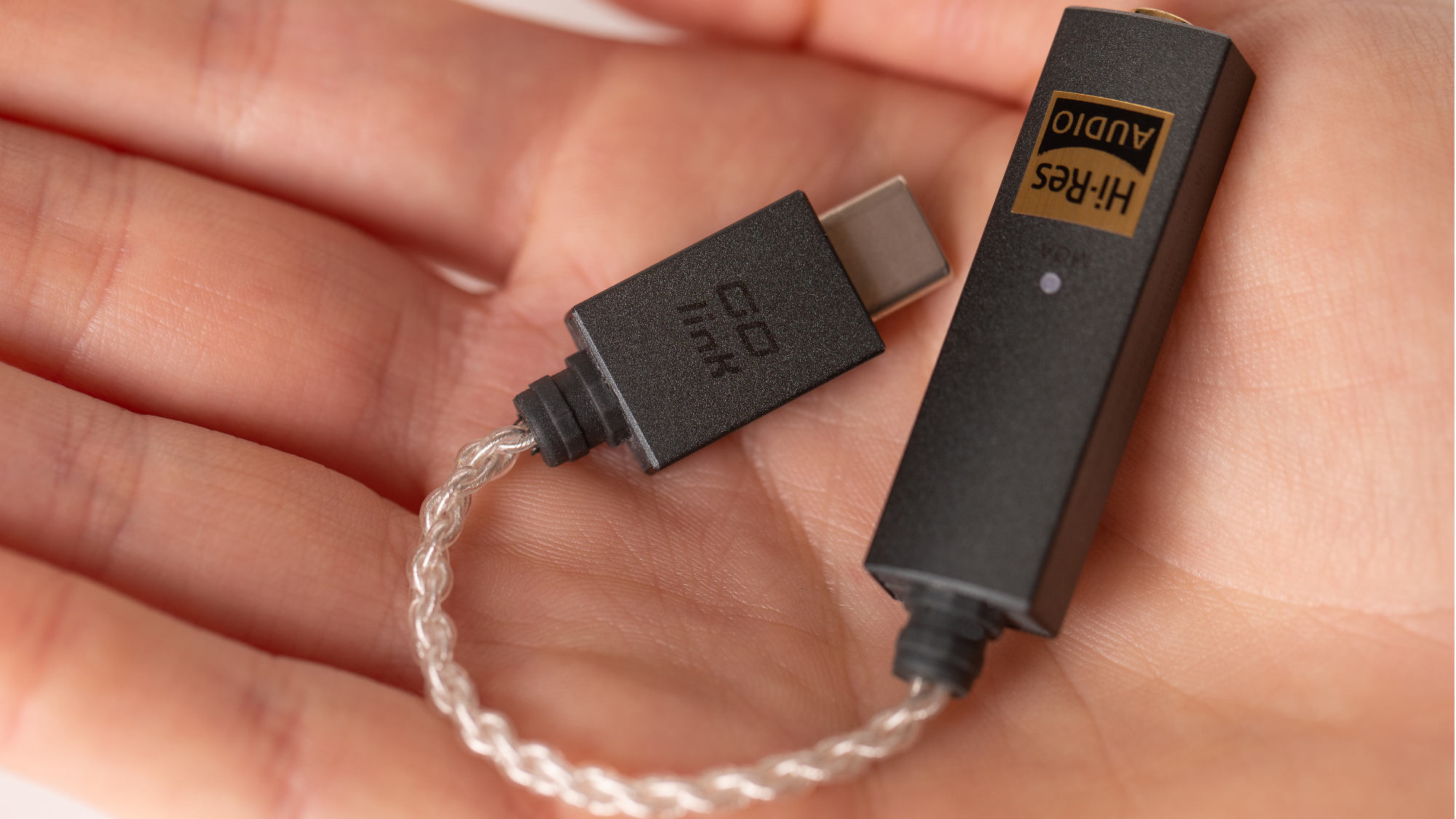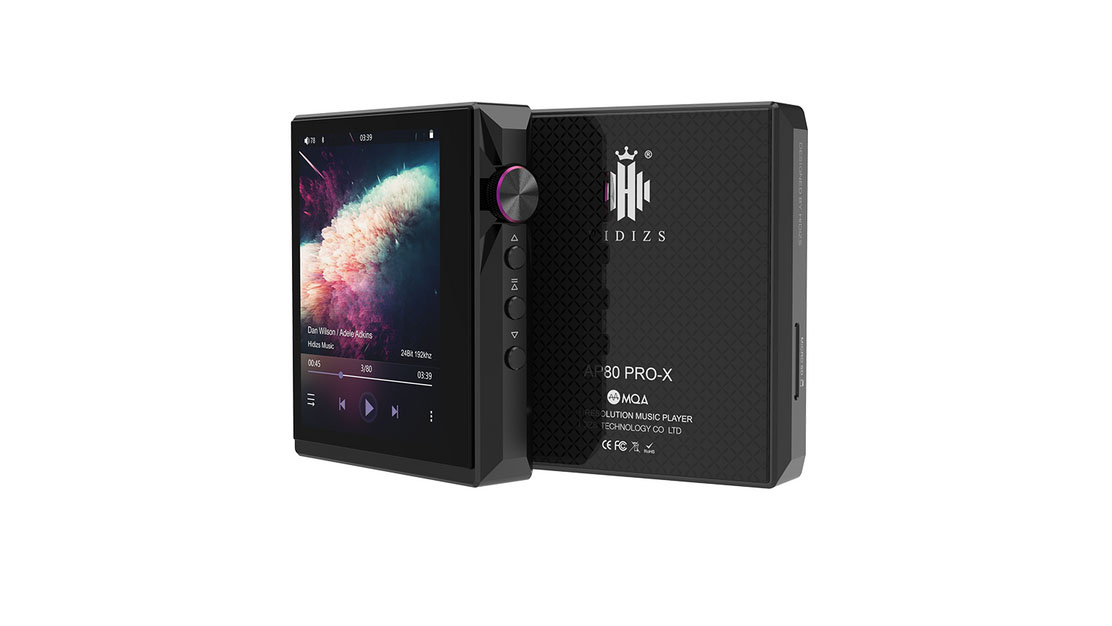How to buy into high-res audio without the high prices

High resolution audio (called high-res audio, hi-res audio or HRA) has long been the ultimate goal for audio purist devotees, most of whom initially seemed willing to spend a small fortune for the privilege of better-than-CD-quality tunes either at home or on the go.
Over time it’s becoming more and more accessible too, which means today there are plenty of ways to buy into high-res audio without the cost-prohibitive prices. This is good news: it means better quality high-res audio is no longer the sole preserve of wealthier audiophiles.
In this guide we’ll explain the basics of high-res audio, why it makes a difference to your listening experience and, most importantly, the devices you can get today that’ll allow you to enjoy high-res audio sound quality even if you have a modest budget.
It’s worth mentioning that you can listen to high-res audio in many further ways if you’re willing to pay a premium. But we’ll be focusing on entry-level and mid-range products instead here.
What is high-res audio?
If you want to learn everything there is to know, check out our high-res audio guide but, put simply, high-res is a collection of digital technologies that offer audio playback with a sample rate and/or a bit-rate that’s higher than CD quality, which is specified at 16-bit/44.1kHz.
You might be surprised to learn there’s no universal standard. So, even though music streaming services and tech companies talk about high-res audio all the time these days, there’s no conclusive, set-in-stone agreement about what it is.
However, most people agree that a sample rate of more than 44.1 kHz and a high bit-rate of more than 16-bits makes an audio file high-res.
Sign up for breaking news, reviews, opinion, top tech deals, and more.
What this means is the audio sample reproduces the full range of sound from recordings that have been mastered from better-than-CD quality music sources, a sound that closely replicates the quality that the musicians and engineers were working with in the studio at the time of recording.
The increased bit depth improves the dynamic range, so you hear more breadth from the recording. We often liken it to looking at a beautiful countryside vista through a smeared window. That’s what an MP3 version of an audio file is like.
Clean the window and you have the CD version, there’s much greater detail and clarity. Open the window and you’ve got the hi-res version. Your eyes can pick out all of the details you didn’t realise were missing when the window was shut. Think of the tree branches you might now be able to pick out as the leading edges of musical notes. Yes, it's a stretch, but try.
There’s more to it, but describing the experience in relation to seeing it tends to give people a better idea of what to expect. Essentially, what you hear from high-res will be clearer, more detailed, more dynamically agile and just better than what you’ve heard before. Well, that’s the idea. But one thing stopping you from the wonder of high-res (if you have the file) is having the right equipment to play it.
How can you listen to high-res audio?
You can’t listen to a high-res audio file on any device. But it’s becoming easier, and cheaper, to find the right streaming services and audio devices to bring high-res audio into your home.

Streaming service: Apple Music
Let’s start with streaming services. Although you’ve been able to download high-res audio files for some time now, streaming high-res audio is relatively new and many of the best music streaming services still don’t offer it.
Things get complicated when we throw the term lossless into the mix with high-res. If high-res is a sample rate and/or bitrate that’s better than CD quality, there’s an even murkier definition for lossless, which has no specified resolution. Instead, it refers to the fact that no data was thrown out in the encoding process, so you’ll experience no “loss” in detail when you play it.
Right now, Tidal, Amazon Music HD, Apple Music and Qobuz offer high-res audio, to varying degrees. Most of them offer lossless streaming with some high-res encoded titles.
The cheapest of the group is Apple Music, which offers its entire library in at least CD quality sound. This is called 'Lossless' by Apple, and refers to files up to 24-bit/48kHz playback – so, some are better-than-CD quality. However, a huge amount of the music on the service is also available in what Apple calls 'Hi-Res Lossless', which include files up to 24-bit/192kHz.
Because of this, it's the low-price music streaming service we'd recommend, even if you don't have an Apple device – it's available on Android or through a web browser, too.

Portable DAC: iFi GO Link
There a DAC (that’s digital to analog converter) inside the devices you use to listen to music, such as your phone and your laptop. It’s able to translate digital audio information into analog sound that you can hear.
However, converting digital to analog is a big job, and one which the often inexpensive DAC within your device might only be able to do so well. That's why we recommend one of the best portable DACs, so what you hear through your headphones will sound clearer, more agile and generally better than if you’d have left this crucial converting process to the DAC chip in your phone, tablet or laptop.
Although there are plenty of portable DACs available, if you want to try high-res audio on the cheap we’d recommend the GO Link portable DAC (£59 / $59 / around AU$87) from audio brand iFi. It measures the size of a USB stick and connects to your Mac, PC or smartphone via USB-C with a 3.5mm headphone input at the other end.
Not only does it enable you to improve your sonics and listen to hi-res audio, it’s also a 3.5mm adaptor, which makes it handy if you have a device that doesn’t come with a headphone output.

Wired earbuds: 1MORE Triple Driver In-Ear Headphones
If you have a high-res streaming service and you’ve got your DAC sorted, you’ll need to ensure you have a pair of headphones or earbuds that will make the most of your high-res tunes.
You can, of course, spend big on a pair of earbuds, but you don’t have to. If you’re a fan of earbuds over headphones, we recommend the 1MORE Triple Driver In-Ear Headphones (£100 / $100 / about AU$168). In our 1MORE Triple Driver In-Ear Headphone review we wrote that these buds “serve up stellar audio, great build quality and an attractive design for not that much money.”
But the reason we’re mentioning them here is because there’s a Bluetooth module within them that supports high bitrates (up to 990kbps) and enables the reproduction of high-res audio (up to 96kHz/24bit).
This is why they’re what’s called Hi-Res certified. So even though you could, technically, use a DAC and listen to high-res files with any old headphones to meet certified hi-res status a speaker or headphone need to be capable of reproducing frequencies up to 40 kHz or above – this is well above the conventional frequency response of up to 20 kHz. Most products with this certification also need to be able to convert 24 bit/96 kHz signals from digital files into analogue audio.

Wired headphones: Grado SR325x headphones
If you prefer over-ear headphones to buds, check out the Grado SR325x headphones ($295 / £254 / about AU$260). They boast a “surgical precision” to music, reproducing the detail in high-res audio tracks with great accuracy.
They’re an open-backed design, which is less common for headphones these days. Most have closed cups, which means sound is kept within the cup. This is great for isolating noise, but also means you’ll experience a narrower soundstage. Essentially, music will sound like it’s coming from inside your head, which isn’t a very natural or immersive way of listening.
Compare that to open-backed headphones and the soundstage feels even wider, as if you’re listening to a musician play in a normal room.
If you like Grado’s open-backed design and want to save even more money, we’d also recommend that you take a look at Grado's SR80x headphones ($125 / £130, about AU$179). In our full Grado SR80x review, we raved over the detail and natural sound.

Portable music player: Hidizs AP80 PRO-X Portable Balanced Lossless MQA Music Player
Not all phones support high-res audio. So if you want to listen to music on the move, it makes sense to get a portable music player instead. Sure, MP3 players aren’t as popular as they once were, but these days you can still pick up a portable music player that can store a whole library of music and supports a range of music formats.
What’s more, with a portable music player you often don’t need that additional DAC, they handle that all-important conversion well already. We recommend taking a look at the Hidizs AP80 PRO-X (£233.74 / $183 / about AUD$233.74). It has Hi-Res Audio and Hi-Res Audio Wireless certification. It doesn’t have a great deal of onboard storage, so you’ll need to get a microSD card separately. However, it does support a range of audio formats with a sample rate of up to 192kHz.
Have a little more to spend? The Astell & Kern A&norma SR25 MKII is the one. We reference it in passing – don't worry, we haven't forgotten that this is feature is for the budget-conscious – but if you're looking to level up or to invest a little further, this is the product we'd point you towards.
High-res audio needn't cost a pretty penny – but remember to enjoy it, whatever the resolution
We'd like to caveat every statement within this feature with a humble piece of advice: never forget that music enjoyment should be just that – enjoyable. And fun! In hi-fi as in life, if it sounds good to you and you feel happy with the quality, go with it. It's easy to get bogged down with numbers, but if you do not perceive a difference (or you don't care enough about the extra detail you can perceive to pay a reasonable premium for it) you shouldn't feel bad about that.
We mean only to bring these things to your attention. We can tell you that after hearing high-res audio, we can never go back – but also, we applaud anyone for supporting music and musicians however they can given the current financial climate. Perhaps you'll be tempted to dip your toes into the high-res audio ocean with a few of the entry-level products listed above – the water's lovely…

Becca is a contributor to TechRadar, a freelance journalist and author. She’s been writing about consumer tech and popular science for more than ten years, covering all kinds of topics, including why robots have eyes and whether we’ll experience the overview effect one day. She’s particularly interested in VR/AR, wearables, digital health, space tech and chatting to experts and academics about the future. She’s contributed to TechRadar, T3, Wired, New Scientist, The Guardian, Inverse and many more. Her first book, Screen Time, came out in January 2021 with Bonnier Books. She loves science-fiction, brutalist architecture, and spending too much time floating through space in virtual reality.